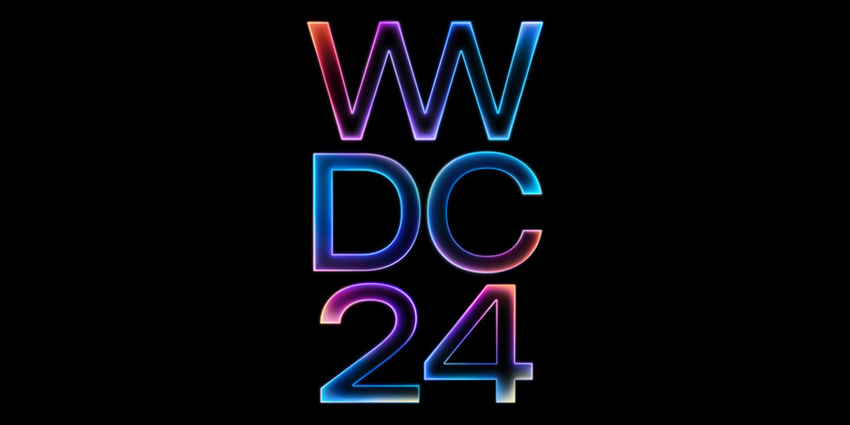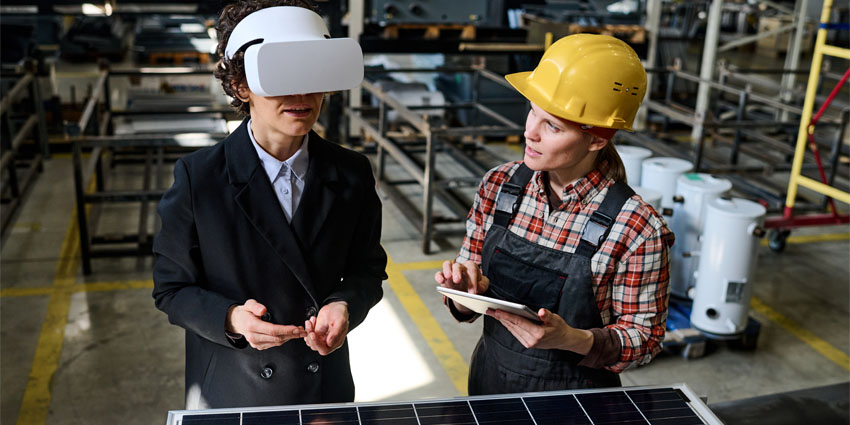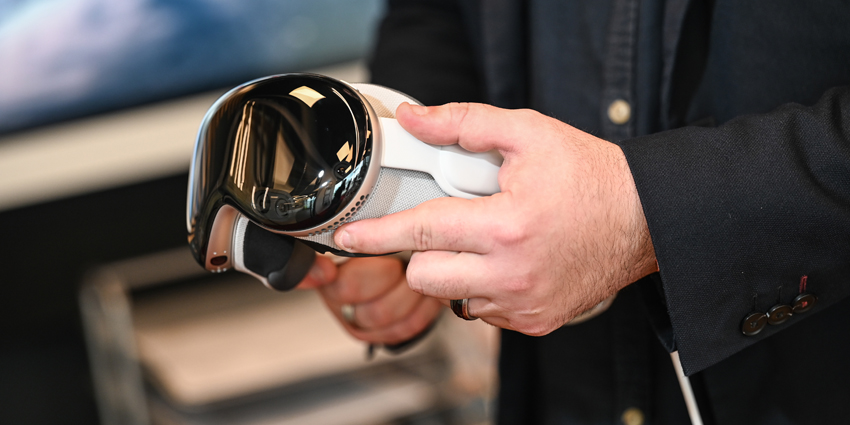Augmented Reality (AR) is everywhere. People use AR apps to play games, learn, and shop for products. According to Grand View Research findings, the AR market could top $340.16 billion by 2028. This makes it one of the fastest-growing technologies in the world, and retail is no exception.
Also, consumers and buyers struggle with a future where face-to-face interactions are less commonplace. However, AR hopes to deliver a new method of engaging customers with bespoke, engaging creative content while people shop. Here is the latest on the role of AR in retail.
AR Will Revolutionise the Retail Landscape
According to IBM, roughly 32 percent of shoppers in 2020 already used augmented reality in retail to enhance shopping experiences. Also, one-seventh of the world’s population stated they were AR users, thanks to the rise of innovative AR-based apps.
It added that 3.4 billion phones had received advanced AR capabilities in 2020. This advancement allowed billions of customers to shop for goods using interactive digital content.
Retailers are learning the benefits of AR, which include higher levels of customer engagement through the buyer’s journey. AR skyrocketed in significance during the COVID-19 pandemic and continues to grow after the crisis.
Such experiences allow people to scan QR codes with smartphones or use augmented directions for common map apps. People can also view AR goods such as furniture and clothing by trying on digital twins of products for informed purchasing decisions. Google’s ARCore, Apple’s ARKit, and Niantics Lightship AR developer kit (ARDK) have expanded cases by democratising their respective platforms.
These concepts are already having a massive impact on consumers. Roughly 71 percent of shoppers in an Eclipse Group survey responded they would shop more with AR experiences.
Here is a closer look at the profound effects of AR on the retail industry.
AR Product Try-ons
AR provides customers with the option to interact with digital twins of products. Research from Avataar, an AR asset creation firm, found AR digital twins increased conversion rates by 350 percent.
Customers can place digital goods in their personal living spaces to determine if they will fit, reducing the need to return products. This saves money on overproduction, returns, transport and logistics, and other overhead expenses for companies. Argos, IKEA, Walmart, Lego, and others have led the industry in AR retail applications, influencing market adoption of the technology.
Try Before You Buy
AR in retail has also empowered customers by allowing them to try on clothing before purchasing items. Fashion and beauty firms, including L’Oreal, Sephora, and Esteé Lauder are introducing makeup try-on apps to find the perfect colours for cosmetics enthusiasts.
These tools also reduced the risk of returns and COVID-19 transmissions for clothing during the pandemic. Doing so helped firms tackle supply chain crises plaguing the market even today.
AR Retail Customer Experiences
Augmented reality in retail has also become an invaluable tool for boosting customer experiences. Businesses can use AR to provide customers with multipurpose instruction manuals and guides.
With immersive instruction, customers can perform oil changes, assemble furniture, and perform other maintenance tasks on current and future purchased items.
For example, Peterbilt has offered an immersive solution for repairing industrial-grade vehicles. This aims to reduce equipment downtimes for businesses relying on their transport and logistics services.
These AR opportunities impress customers with quick troubleshooting tools to resolve issues while simultaneously reducing engineer deployments for businesses.
Improving Brand Connections
Today’s customers increasingly need emotional connections to brands. AR allows content creators to tell stories to deepen brand awareness with compelling stories. For example, firms like Journey and Snap’s Arcadia studios, and Magnopus create immersive content for top firms to communicate their brands.
Additionally, major brands such as Unilever, Doritos, Walt Disney, and the National Football League have leveraged AR to deliver these experiences to wider audiences.
Improved AR Retail Offline Interactions
Retail and eCommerce also benefit immensely from AR solutions and are having a huge impact on in-store customer experiences. AR has the potential to transform the high street with 3D guides to locate stores, shops, and key facilities.
NexTech AR has begun shaping ‘mini-metaverse’ experiences for retailers at key shopping malls around the world. Their smartphone-powered tools provide customers with directions to stores, key information, and strategic promotions.
The Future of AR in Retail
Augmented reality in retail promises new opportunities to build meaningful experiences for audiences across various retail environments. Whether online or offline, companies can use AR retail to connect with clients, improve conversions, and deliver better customer service. Finally, access to this technology could even help companies to understand their clients with valuable analytics and insights for the consumer journey.







